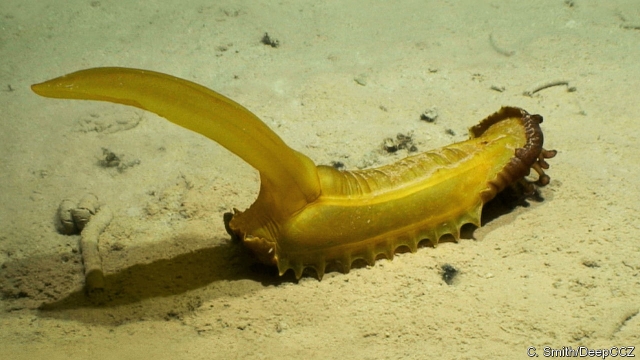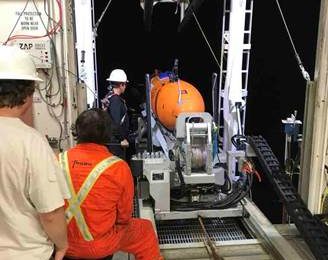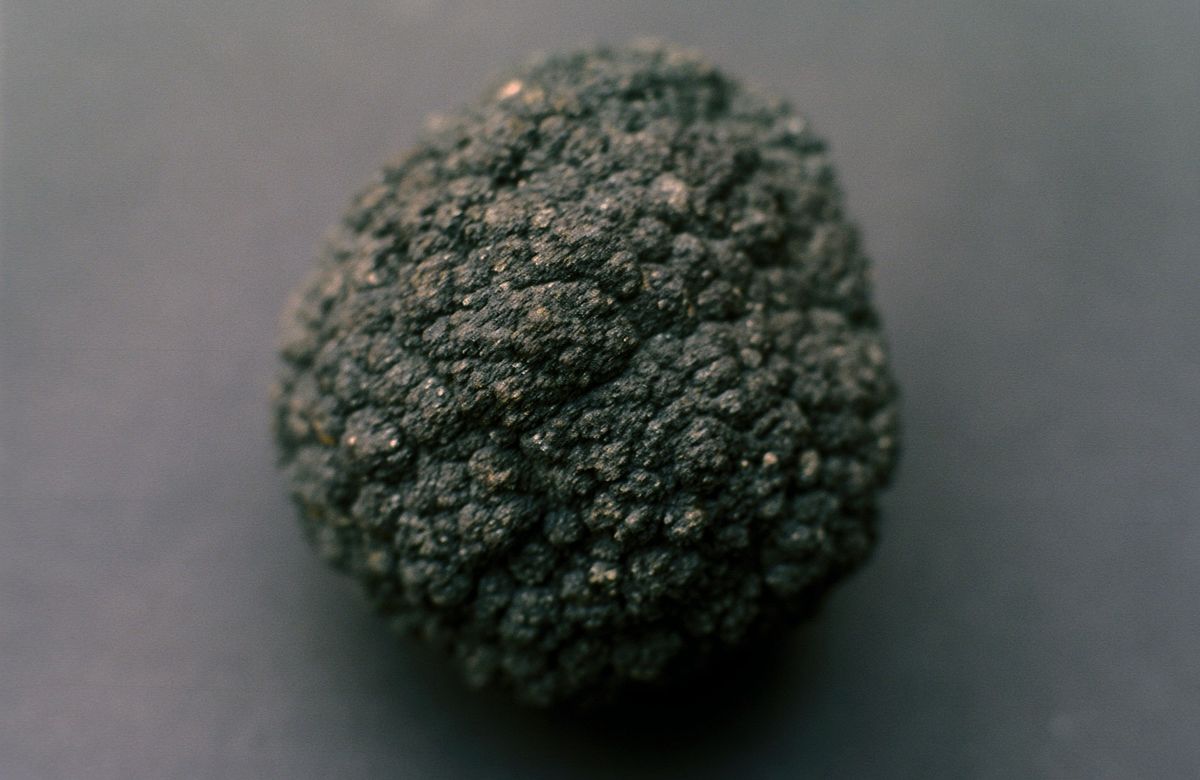The Economist | 8 November 2018
Diva Amon, a researcher at the Natural History Museum in London, spotted her first whale skull in 2013, during an expedition to the Clarion Clipperton Zone (ccz) in the tropical Pacific. It sat on beige silt, some 4,000 metres beneath the sea’s surface, and was entirely covered in a black coating. Her find was twice notable. First, the skull’s coating meant it was millions of years old, for it was made of the same slowly accumulating metallic oxides as the potato-like ore nodules that are drawing miners to the area. Second, the discovery highlighted how little is known about the deep ocean. Dr Amon’s whale skull, and others like it, raise questions about the trade-offs between the economic gains of mining the seabed and that mining’s environmental consequences.
Read the full article here: Mining the deep ocean will soon begin.





